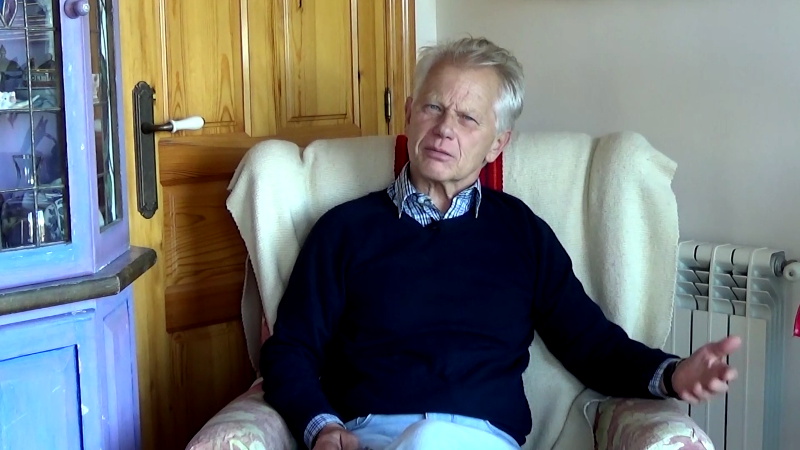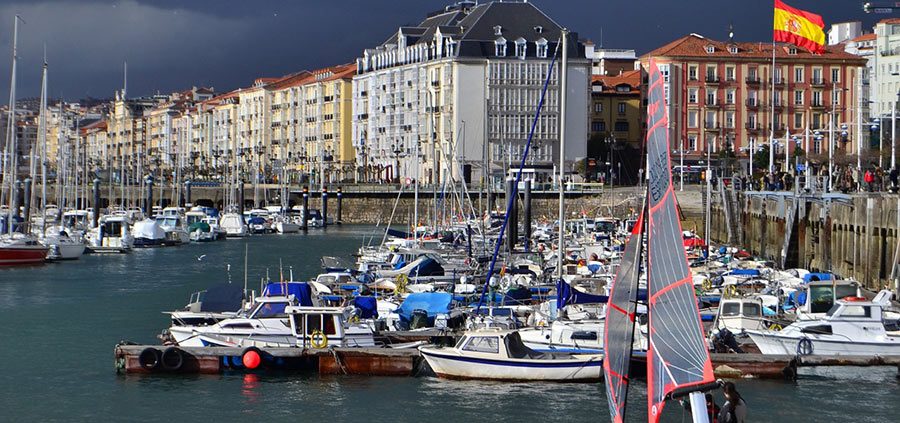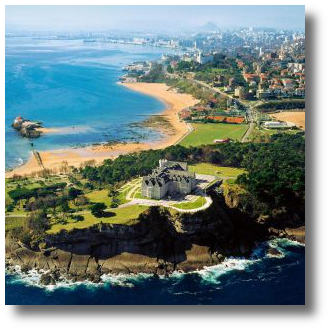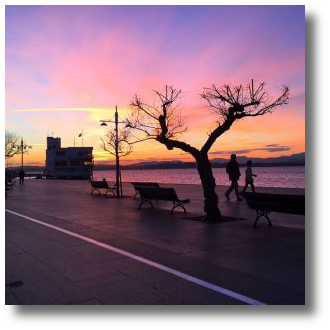
WHY MOST OF THE SPANISH COURSES FOR ADULTS DON´T WORK?
WHY MOST OF THE SPANISH COURSES FOR ADULTS DON´T WORK?
Do you know why many Spanish language courses don’t really help you to communicate well in Spanish?
Many Spanish language courses are based on grammar rules – and only on the language. BUT successful communication in any language is much more. Practice is vital – only with practice does one obtain perfection!
Avoid taking a course which is based on bad methodology or which doesn’t have a methodology at all. These courses do exist. Be careful!
Here in Hello Cantabria we offer you the opportunity to experience something quite different. Our method is based on activities organized in such a way as to promote active communication skills which lead to a notable improvement in listening comprehension, pronunciation, intonation, grammar and vocabulary.
With us:
- You live and communicate in a totally Spanish environment and community. Being exposed continuously to a language allows for faster, easier and much more satisfying progress.
- You live in a pleasant quiet atmosphere and the support of highly qualified experienced teachers, successful and meaningful learning takes place.
- You achieve linguistic fluency quickly.
- You improve your ability to face everyday situations with confidence and ease.
- You think in Spanish without the need to translate, in this way communicating with fewer mistakes.
All our courses are based on the personal requirements of each client, and on a careful analysis of the student’s objectives and interests carried out prior to the start of the course.
You will also learn about Spanish culture, have wonderful local Spanish food — and wine!
Don’t forget! At the same time you are learning to speak Spanish, you will be in one of the most beautiful parts of Spain called Cantabria – if not of Europe – with incredible mountains, rivers, the sea, green hills, many marvellous beaches and much more…
All this besides the historical and cultural heritage of northern Spain – there for you to see and discover!!
We make your stay an enjoyable one – feel happy and you will learn!
Your comfort is one of our main concerns!
I do hope we can meet personally here in one of our courses.
Bye for now!
Harvey Higgings (Director Hello Cantabria)





Recent Comments